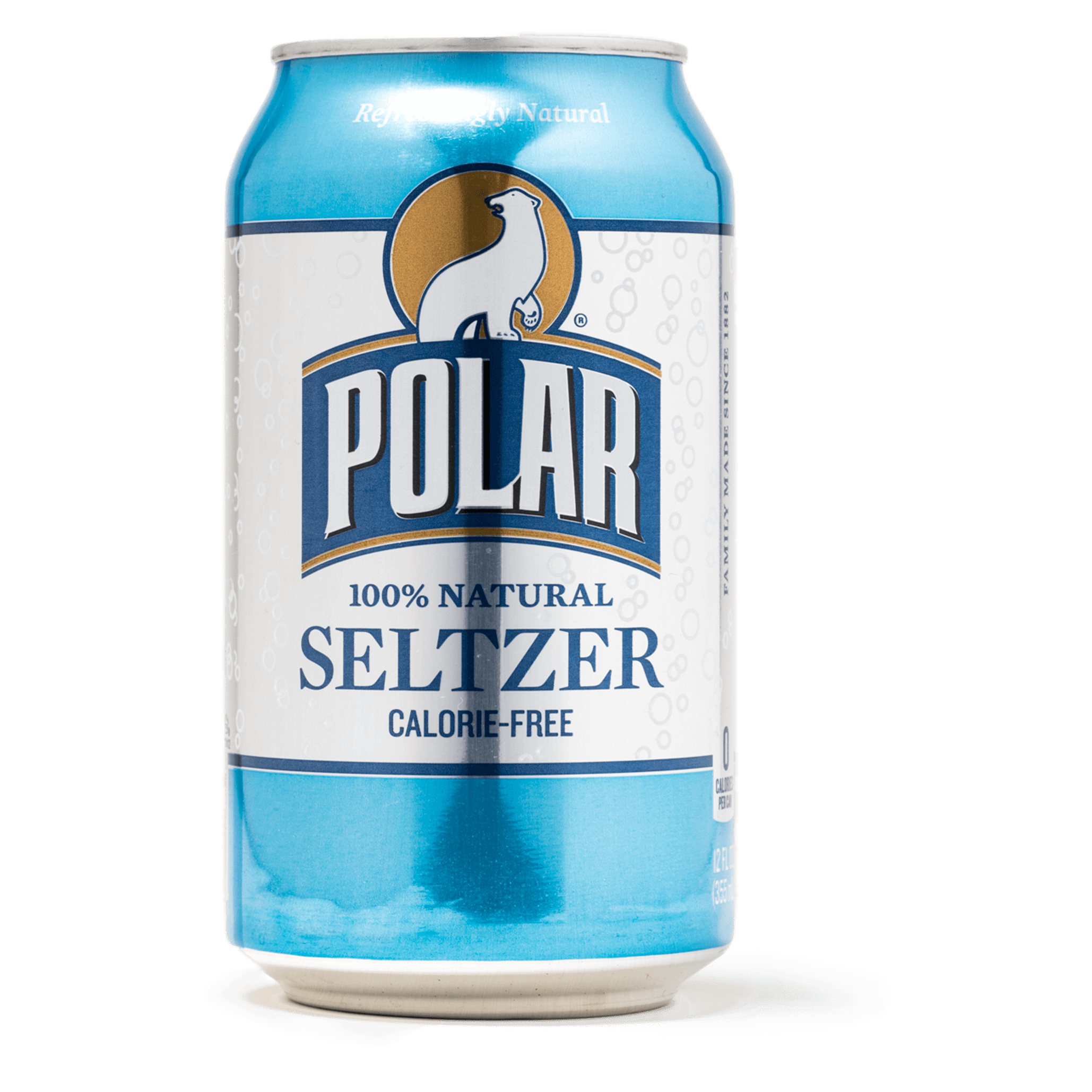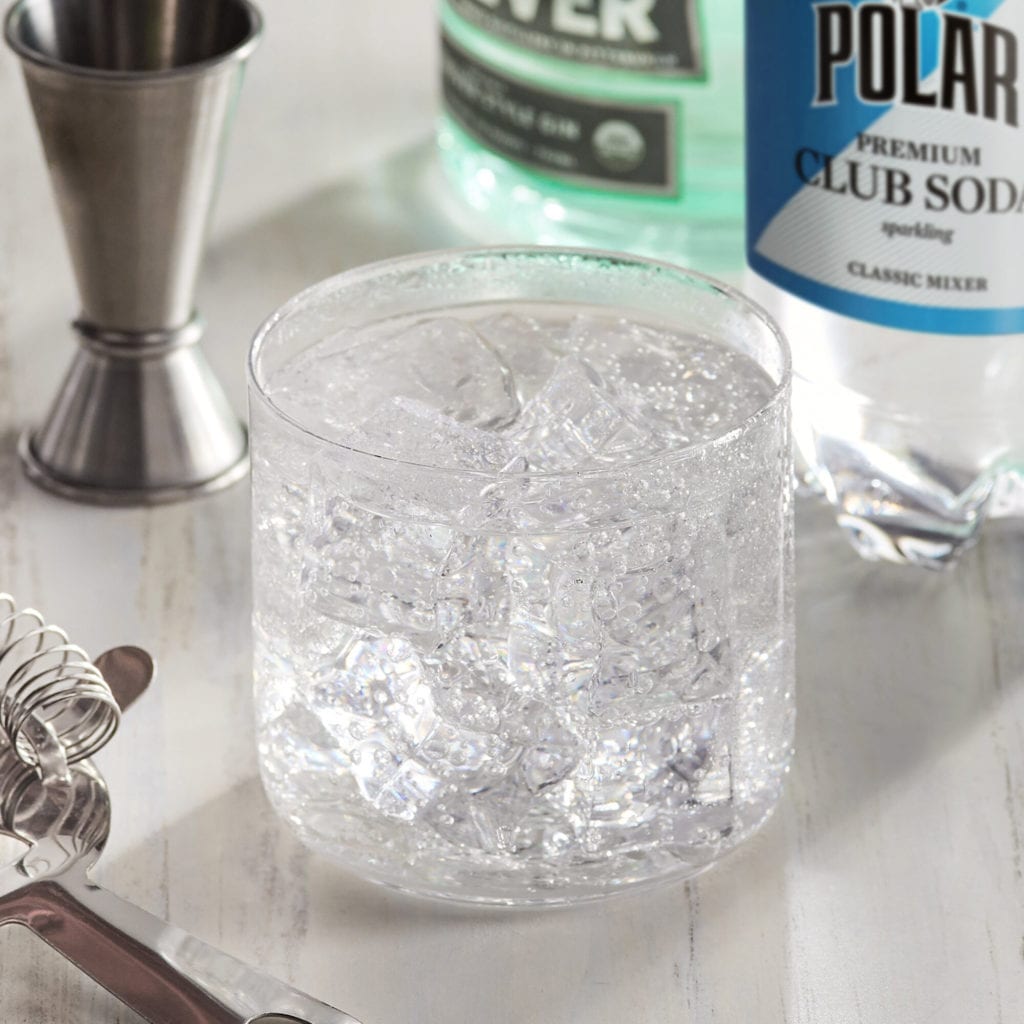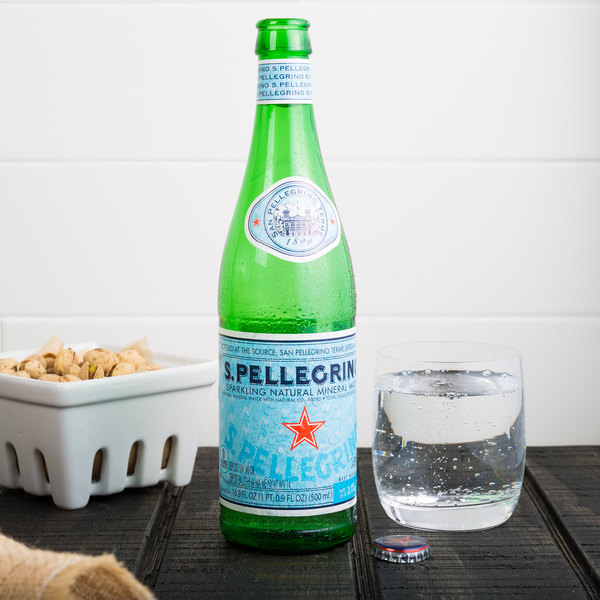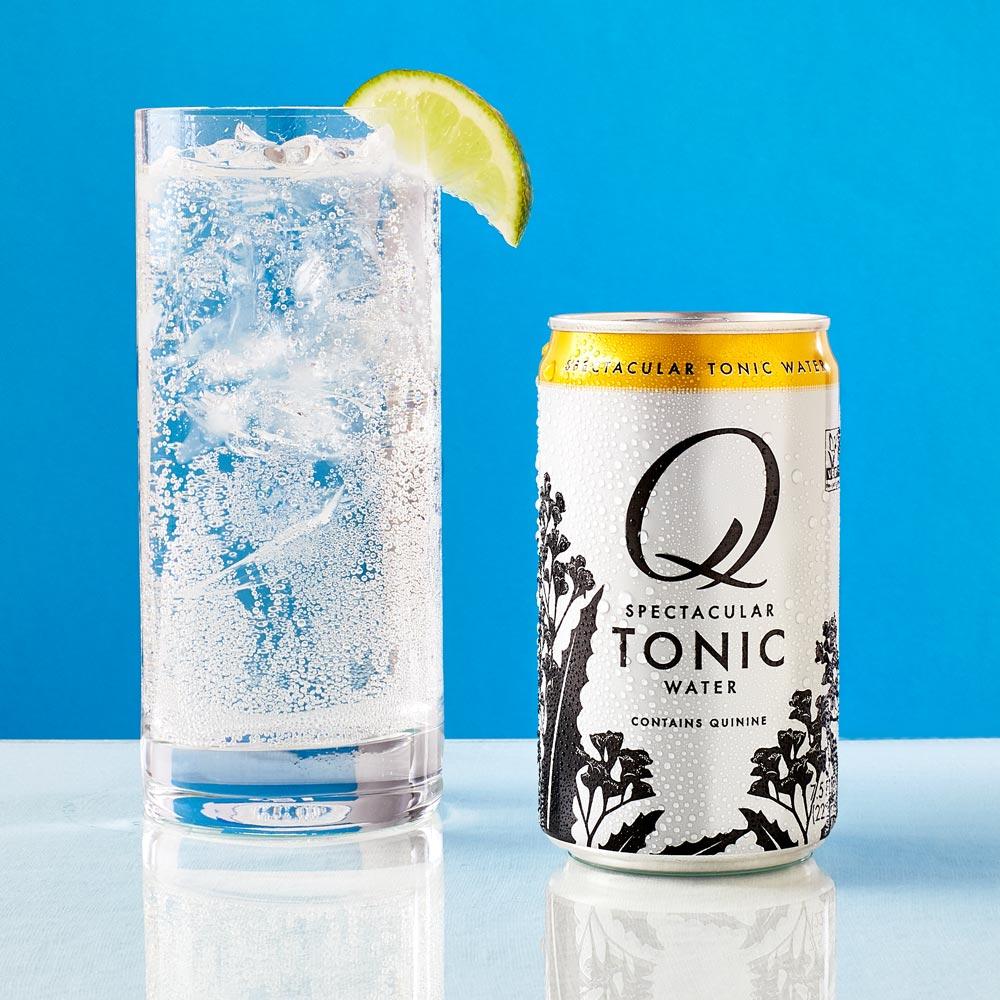Seltzer 101: Bursting the Secrets of Bubbly Water
We all love bubble drinks. Fizzy fountain fun. However, as more and more people look for lower calorie beverages, but still want something bubbly to drink, the popularity of sparkling water has jumped substantially. Now let’s learn more about seltzer water in many of its different forms.
To begin, there is a difference between club soda, seltzer water, tonic water, and sparkling mineral water from springs. Club soda contains sodium. Seltzer water does not. Tonic water is like seltzer water but contains added sweeteners and flavors.
Naturally occurring sparkling water from springs have minerals present, some naturally occurring and some added. Flavored sparkling water may have such additives as natural sweeteners, citric acid, caffeine, and sodium.
While that introductory 101 course gives you a precursory understanding of the differences between forms of sparkling water, there is more to be learned. Let’s take a deeper dive in to all things H2O.
Seltzer Water

Seltzer water is made by infusing flat water with carbon dioxide. The result is a clean tasting effervescent beverage that is ideal to blend with flavors like berries or citrus. You should try to keep in mind that flavored seltzer water tends to include citric or phosphoric acid which has been shown in some studies to erode teeth over time. However, if you infuse your seltzer water with fresh fruit you can still get that dose of flavor without possibly jeopardizing your dental health.
Club Soda

Club soda is very similar to seltzer water. The difference is that it includes certain additives such as sodium bicarbonate, potassium sulfate, or sodium citrate. These minerals give club soda its unique salty taste. While it can be used interchangeably with seltzer water, club soda has an earthier taste to it due to the salt content. This makes it problematic to flavor. In fact, because of this more mineral-infused flavor, club soda is typically not flavored at all. And one can typically tell from the taste that club soda contains sodium while seltzer water typically does not.
Sparkling Mineral Water

When you want to be in total touch with nature, your palate is going to crave sparkling mineral water. This spring water has naturally occurring carbonation, allowing the product to be bottled at the source. It is not uncommon for bottling plants to add additional carbonation to naturally occurring sparkling mineral water. The result is a crisper taste than seltzer water, typically with a hint of mineral flavor.
Tonic Water

Made by adding quinine to carbonated water, tonic water has a somewhat bitter taste. Quinine is a medication that is made from the bark of cinchona trees, originally used to treat malaria. Because of the unique taste that quinine gives tonic water, it cannot be substituted for other forms of carbonated water when mixing drinks. Tonic water does, however, seem to blend well with gin and vodka for many adult drinkers. Another difference is the calorie count. Whereas seltzer water, sparkling mineral water, and club soda have no calories, tonic water does have calories – to the tune of 130 calories per 12-ounce drink.
It can be argued that plain water is the best resource for hydrating, but sometimes you want a changeup – a little flavored jazz to excite your palate. For times like that, sparkling waters in their various forms provide a relatively healthy alternative to sugary soft drinks. And with low to zero calories in most varieties, sparkling waters are the summertime drink that can be enjoyed guilt-free all year long.